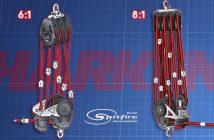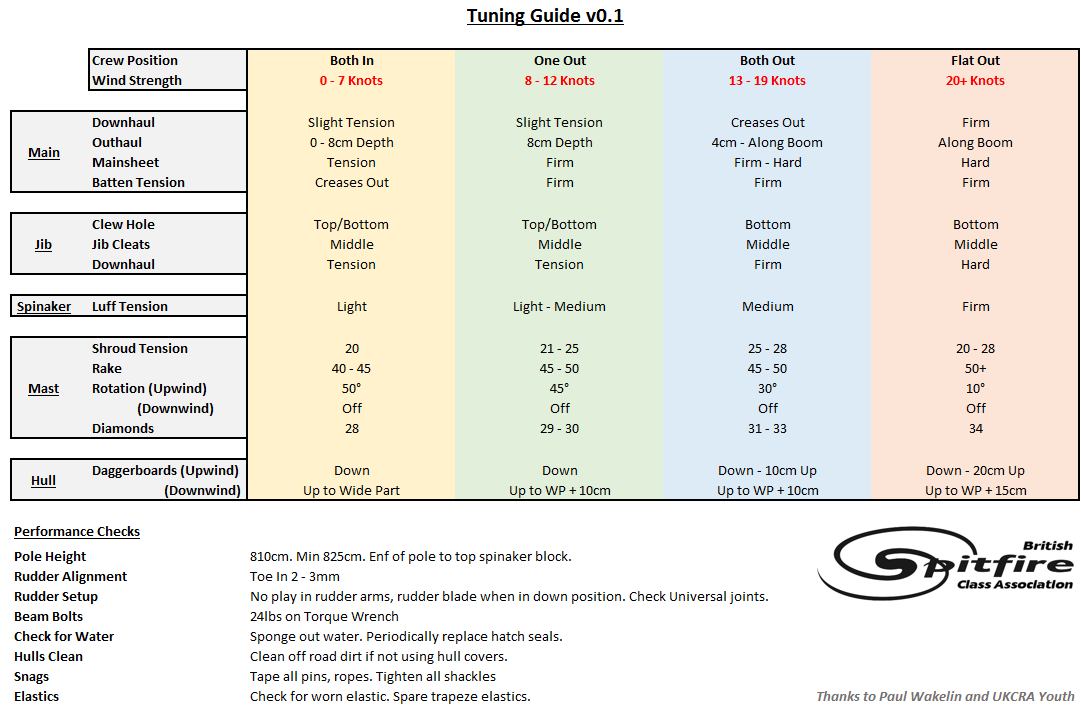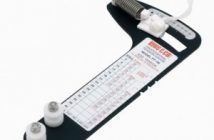There are several key points to sailing down wind fast and these are made up of sailing techniques but also boat setup. When sailing down wind there are two modes. High & Fast or Low & Slow.
Spinnaker Luff Tension
Spinnaker luff tension is the key to a powered up spinnaker. Dont get it right and you’ll have a saggy spinnaker which isnt going to win you any races. Spinnaker luff length should be 8100mm from the front of the pole where the tack line appears to the spinnaker halyard block at the top of the mast.
High & Fast
High and Fast is where you want to get the boat going as fast as possible. To go as fast as possible you want to be flying a hull to reduce drag. Boards should be up to the point where the wide part is exposed. Its a great idea to mark your boards or to put tape on them as a quick reference point as to when they are in the correct position. Mast rotation off between 50 and 80 degrees.
The crew sets the Jib to a semi-tight position where wind isn’t spilling out of the top. The jib should require minimal adjustment on the down-wind leg. The crews main job is to play the spinnaker to stop the leading edge from folding in on itself. The crews position should be as far forwards as possible which is made easier with the fitting of additional spinnaker sheet blocks on the front beam. In light and medium winds the crew should sit in the leeward forward corner in order to reduce weight on the windward hull making it easier to fly a hull.
The Helm has the main in tight in order to provide a backstay to reduce the risk of damaging the mast. The helm can move into the middle of the tramp in order to reduce weight on the windward hull however it is often more difficult to control the boat from this position. The Helm can increase control and responsiveness by throwing the tiller extension away and steering with the con bar however this is often personal preference. The helm heads up in order to find pressure in the kite. Once pressure is found the boat will begin to pull and should fly a hull easily. Once a hull is flying sails should not be let out. bearing away will bring the hull back down again and also bring the boats course closer to the mark. Whilst flying a hull the helm plays both the steering and the main in order to maintain hull flying angle.
(Thanks to Paul Wakelin for the Video)
Low & Slow
Where it is not possible to fly a hull sailing low and slow and sailing the minimum distance to the leeward mark is often the best way. Boards up to the thick part. Mast rotation off between 60 and 80 degrees. Keeping the kite filled and maintaining good speed is the aim here. Main and Jib may be more open. Both the helm and crew should sit as far forwards as possible in order to lift up the back of the boat. Crew sits to leeward and helm moves down to middle of the tramp. In extremely light winds both helm and crew may sit to leeward however boat control is reduced and risk of capsize is greatly increased. Definitely one to practice.
Key Points
- Boards up to widepoint.
- Crew to Leeward and forwards.
- Crew calls pressure in the kite.
- Helm steers with tiller bar.
- Helm plays steering and main sheet in order to maintain flying the hull.

![MG_5542-37-1024x631[1]](https://spitfiresailing.org.uk/wp-content/uploads/2015/11/MG_5542-37-1024x6311.jpg)


